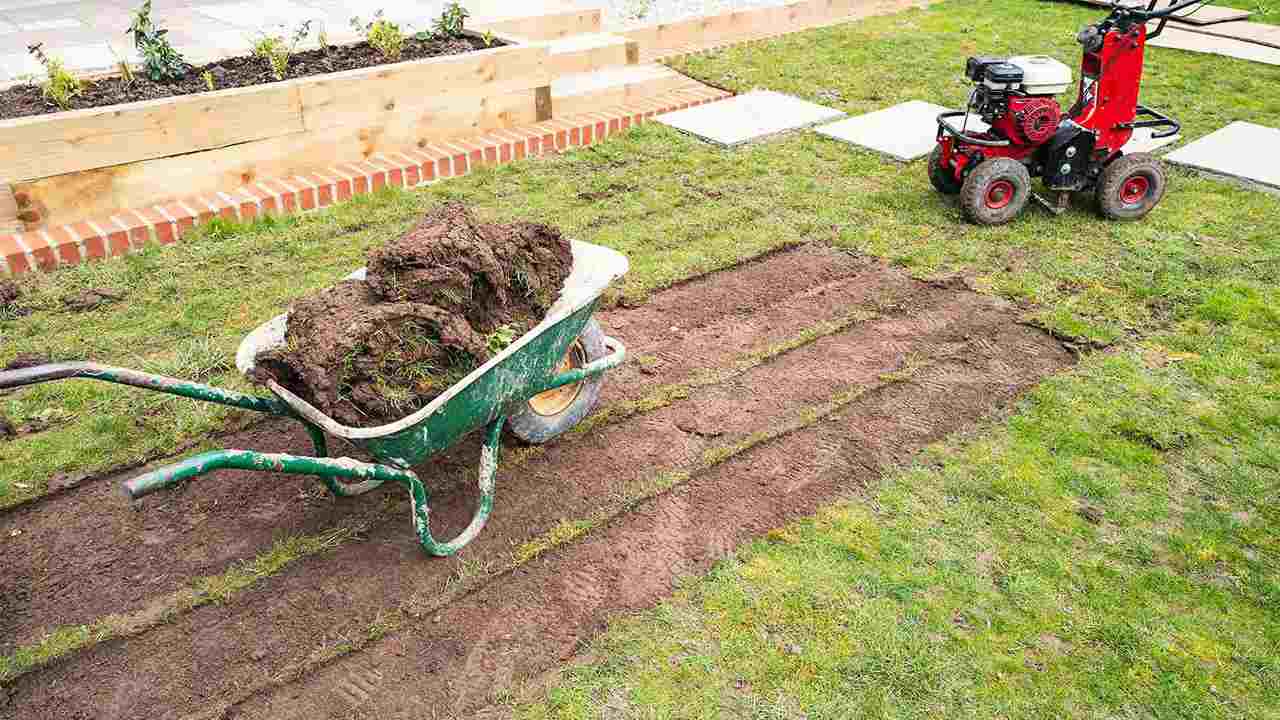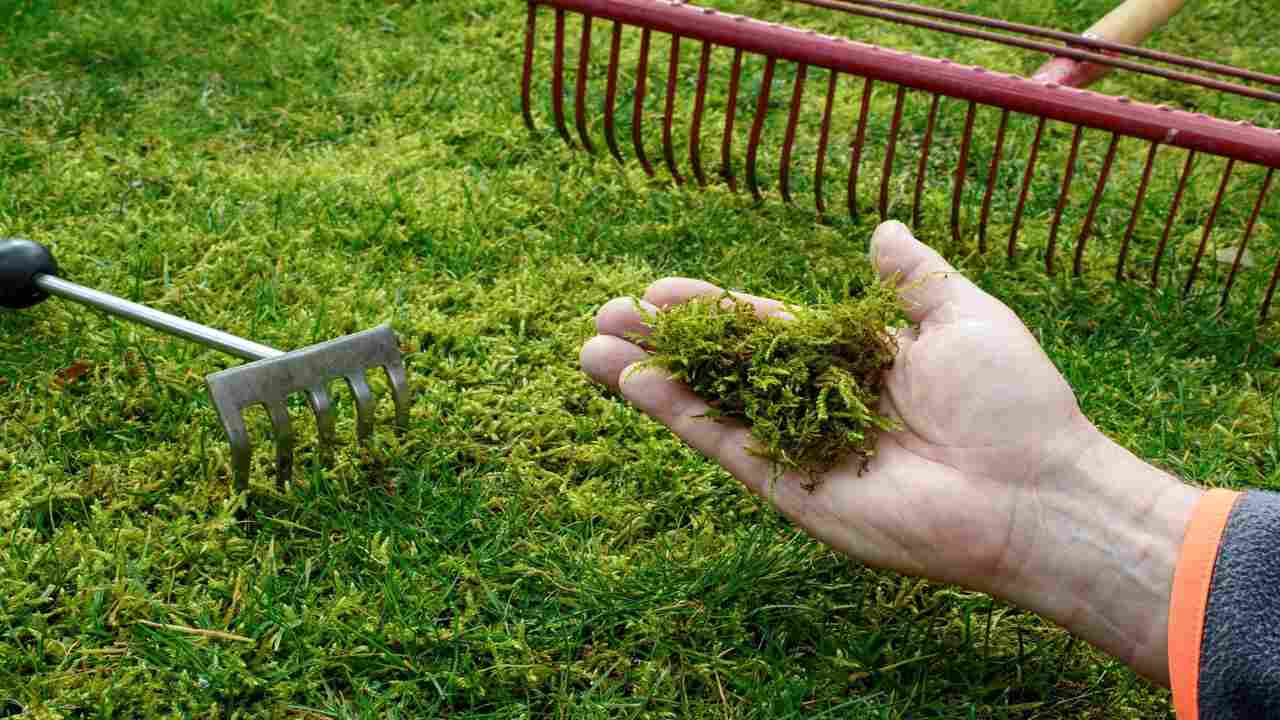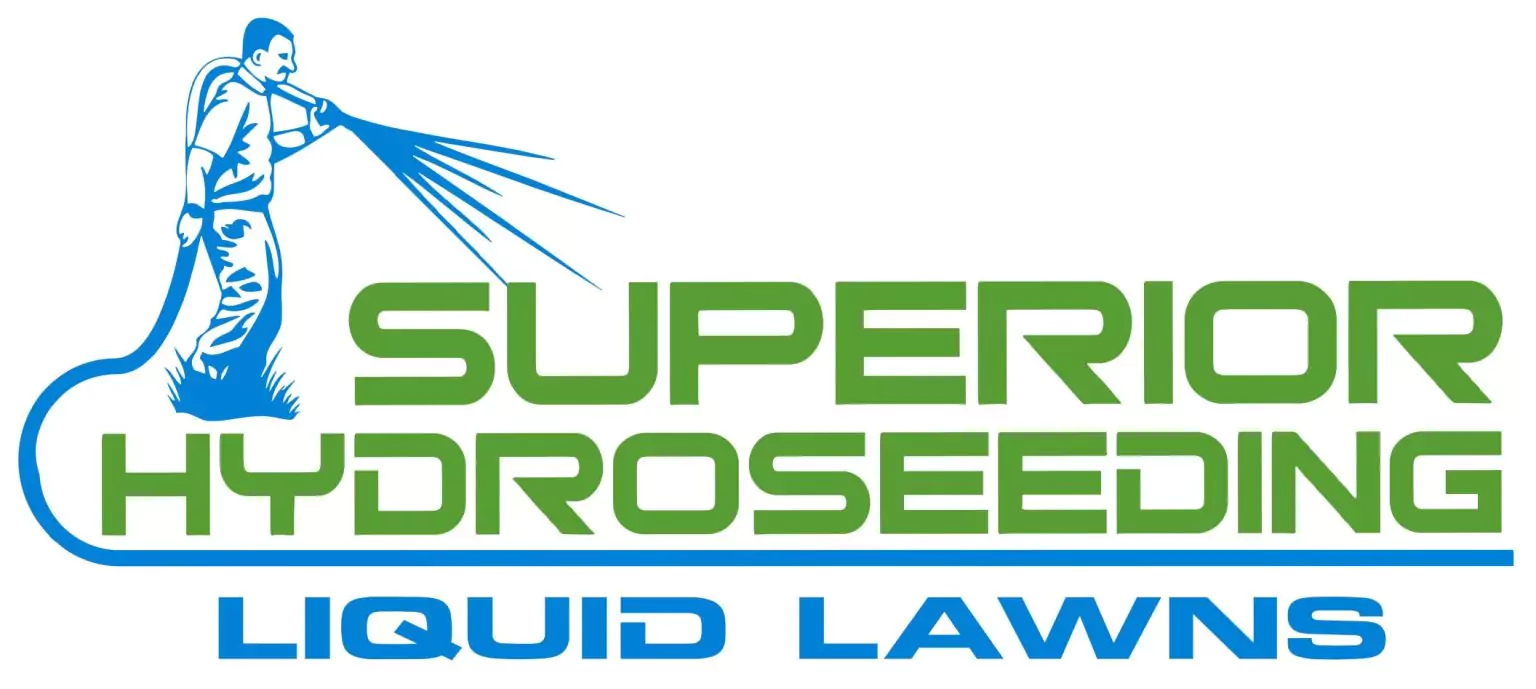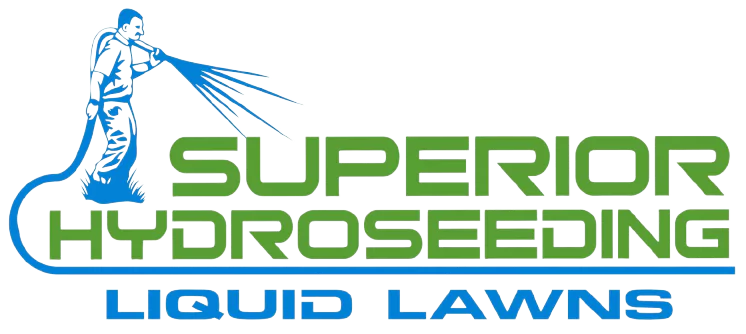When considering laying new turf in Tilton, NH, removing old grass can make a significant difference. It’s like starting with a fresh canvas for your lawn. By clearing away the old grass, you give the new turf a better chance to establish itself and thrive. Plus, it helps in leveling the surface for a smoother finish. Have you heard about Superior Hydroseeding Liquid Lawns? They offer efficient hydroseeding services that can further enhance the growth and health of your new turf, making your lawn lush and vibrant in no time.
Understanding the Need to Remove Old Grass
Understanding the need to remove old grass before laying new turf also involves considering sod installation services. Sod installation provides an instant, mature lawn by laying down pre-grown grass rolls. However, to ensure optimal results, it’s often recommended to remove old grass first. This allows for proper soil preparation and ensures the new sod has a healthy environment to establish roots. Sod installation services can handle the entire process, from old grass removal to laying down fresh, vibrant sod.
But what about the old grass? Should you simply lay the new turf over it and hope for the best? While that might seem like a convenient shortcut, it’s not always the best approach for long-term lawn health and aesthetics. Here’s why:
Competitive Growth:
Old grass can compete with new turf for nutrients, water, and sunlight. This competition can hinder the establishment of your new lawn and lead to patchy growth.
Uneven Surface:
Over time, old grass can develop uneven patches or areas of compacted soil. If you lay new turf directly over this uneven surface, you may end up with a bumpy lawn that’s less enjoyable to walk or play on.
Weed and Pest Issues:
If the old grass contains weeds or pests, these problems can transfer to your new turf, requiring additional maintenance and potentially compromising the overall health of your lawn.
Soil Health:
Removing old grass allows you to assess and improve the underlying soil. You can add nutrients, address drainage issues, and create an optimal environment for your new turf to thrive.
The Process of Removing Old Grass

In Tilton, the process of removing old grass may include land clearing and Harley raking. Land clearing involves removing debris, rocks, and large obstacles from the area. Harley raking follows, using a specialized machine to level the soil, remove thatch, and prepare a smooth surface for new turf or seeding. Expect thorough land assessment, debris removal, and precise soil preparation during these steps, ensuring optimal conditions for a healthy and vibrant lawn.
Assessment:
Start by assessing the condition of your existing lawn. Identify areas of heavy thatch, compacted soil, weed infestations, or other issues that may need attention.
Mowing:
Before removal, mow the existing grass to a short height. This makes the removal process more manageable and helps expose the underlying soil.
Scalping or Sod Cutter:
Depending on the size of your lawn and the type of grass, you can use a scalping machine or sod cutter to remove the old grass. These tools cut through the grass and roots, allowing you to lift and discard them.
Thatch Removal:
If your lawn has a significant thatch layer (a dense mat of dead grass and roots), you may need to dethatch after removing the old grass. Dethatching involves using a specialized rake or machine to loosen and remove the thatch layer, improving soil aeration and water penetration.
Soil Preparation:
Once the old grass is removed, prepare the soil for the new turf. This may involve adding topsoil, leveling the surface, and addressing any soil amendments recommended for your specific grass type.
New Turf Installation:
With the soil prepared, you can proceed to install the new turf. Follow the recommended guidelines for spacing, watering, and initial care to promote healthy establishment.
Benefits of Removing Old Grass
Now that you understand the process, let’s explore the benefits of removing old grass before laying new turf:
Enhanced Growth:
Removing old grass reduces competition for resources, allowing the new turf to establish strong roots and grow uniformly.
Improved Aesthetics:
A fresh start with a clean slate results in a visually appealing lawn with consistent color and texture.
Better Soil Health:
Soil preparation during old grass removal enables you to address soil deficiencies and create an optimal growing environment for your new turf.
Reduced Weed and Pest Issues:
By removing old grass that may harbor weeds or pests, you can minimize future maintenance and pest control efforts.
Level Surface:
Eliminating uneven patches and compacted soil ensures a smooth, even surface for your new lawn, enhancing usability and aesthetic appeal.
Alternatives to Removing Old Grass

In addition to hydroseeding, another alternative to removing old grass is lawn grading services. Companies specializing in lawn grading can level uneven surfaces, address drainage issues, and prepare the soil for new turf without entirely removing the old grass. This option can be particularly beneficial if the existing grass is healthy but the lawn requires improvements in soil structure and surface evenness. Consulting with lawn grading experts can help determine the best approach for your specific lawn needs.
What is Hydroseeding?
Hydroseeding is a method of seeding lawns that involves spraying a mixture of grass seed, fertilizer, mulch, and water onto prepared soil. The mixture, often called a slurry or hydroseed, creates an ideal environment for seed germination and early growth. Here’s how hydroseeding works:
Soil Preparation:
Just like with traditional turf installation, hydroseeding begins with soil preparation. This may include leveling the surface, adding topsoil if needed, and addressing any soil amendments recommended for your grass type.
Hydroseed Application:
The hydroseed mixture, customized for your specific lawn requirements, is sprayed evenly across the prepared soil using specialized equipment. The mixture contains everything needed for successful seed germination and establishment.
Mulch and Fertilizer:
The mulch in the hydroseed mixture helps retain moisture, protects the seeds from erosion and drying out, and provides nutrients as it breaks down. Fertilizer in the mixture promotes healthy early growth.
Watering and Maintenance:
After hydroseeding, it’s crucial to water the area regularly to keep the soil moist and support seed germination. Follow-up care, such as mowing at the appropriate time and applying additional fertilizer as needed, helps nurture a thriving lawn.
Benefits of Hydroseeding
Hydroseeding offers several advantages over traditional turf installation methods and may be a suitable alternative to removing old grass:
Cost-Effective:
Hydroseeding can be more cost-effective than sod installation, especially for larger areas, as it requires fewer materials and labor hours.
Uniform Coverage:
The hydroseed mixture provides uniform coverage of seeds, fertilizer, and mulch, resulting in consistent growth across the lawn.
Faster Germination:
Hydroseeded lawns often experience faster seed germination compared to traditional seeding methods, leading to quicker establishment.
Erosion Control:
The mulch in the hydroseed mixture helps prevent soil erosion, making it an excellent choice for sloped or vulnerable areas.
Customization:
Hydroseeding allows for customization of the seed mixture based on factors such as climate, soil type, sun exposure, and desired lawn characteristics.
Choosing the Right Approach
When deciding between removing old grass and hydroseeding for your lawn in Tilton, NH, consider consulting professional lawn installation services like Superior Hydroseeding Liquid Lawns. They can assess your lawn’s condition, discuss your goals and budget, and provide expert recommendations. Whether you prefer a fresh start with new turf or the efficiency of hydroseeding, their expertise ensures that your lawn receives the right treatment for optimal growth and long-term health.
Condition of Existing Lawn:
If your old grass is sparse, unhealthy, or overrun with weeds, removing it may be the best course of action to ensure a successful lawn transformation.
Time Constraints:
Hydroseeding typically offers faster results in terms of initial growth, but it may require ongoing maintenance to achieve the desired lawn quality.
Budget:
Compare the costs of removing old grass, preparing the soil, and installing new turf versus the cost of hydroseeding. Factor in long-term maintenance expenses as well.
Desired Outcome:
Consider the aesthetic appeal, timeline for achieving a lush lawn, and your willingness to invest time and effort in maintenance.
Professional Assistance:
Consult with lawn care experts or companies like Superior
Hydroseeding Liquid Lawns to evaluate your options and receive personalized recommendations based on your lawn’s specific needs.
FAQs
Can you lay turf over existing grass?
Laying turf directly over existing grass is generally not recommended. The old grass can compete with the new turf for nutrients and water, leading to uneven growth and potential health issues. It’s advisable to remove the old grass, prepare the soil, and then lay the new turf for optimal results and a healthy lawn.
How do you remove old grass and lay new turf?
To remove old grass and lay new turf, start by mowing the existing grass short and then using a sod cutter or scalping machine to strip away the old turf. Next, prepare the soil by adding topsoil, leveling it, and addressing any soil amendments needed. Finally, lay the new turf in a staggered pattern, water it thoroughly, and continue regular watering and maintenance for healthy growth.
Do you have to remove all dead grass before seeding?
It’s generally recommended to remove dead grass before seeding to create an optimal environment for new growth. Dead grass can create a barrier that inhibits seed-to-soil contact and can prevent seeds from germinating successfully. Clearing dead grass ensures better seed-soil contact, leading to improved germination rates and healthier seedlings.
What should you put down before laying turf?
Before laying turf, it’s essential to prepare the soil properly. Start by removing any existing grass, weeds, and debris. Then, add a layer of topsoil or a soil mix, level the surface, and incorporate any necessary soil amendments such as fertilizer or organic matter to create a nutrient-rich environment for the new turf.
Can you lay turf directly on soil?
Yes, you can lay turf directly on soil, but proper soil preparation is crucial for successful turf installation. It’s recommended to remove any existing vegetation, level the soil, and amend it with organic matter or fertilizer for optimal turf growth. Ensuring good soil drainage and adequate soil nutrients will help the turf establish healthy roots and thrive.
Conclusion
In Tilton, NH, the decision to remove old grass before laying new turf involves weighing the benefits of a fresh start against the alternatives like hydroseeding. Both approaches offer unique advantages, and the right choice depends on factors such as your budget, timeline, existing lawn condition, and desired outcome.
Whether you choose to remove old grass or opt for hydroseeding, the goal is to create a vibrant, healthy lawn that enhances your outdoor space. With proper planning, soil preparation, and ongoing maintenance, you can enjoy a lush green carpet right in your backyard, making every outdoor moment a pleasure.

